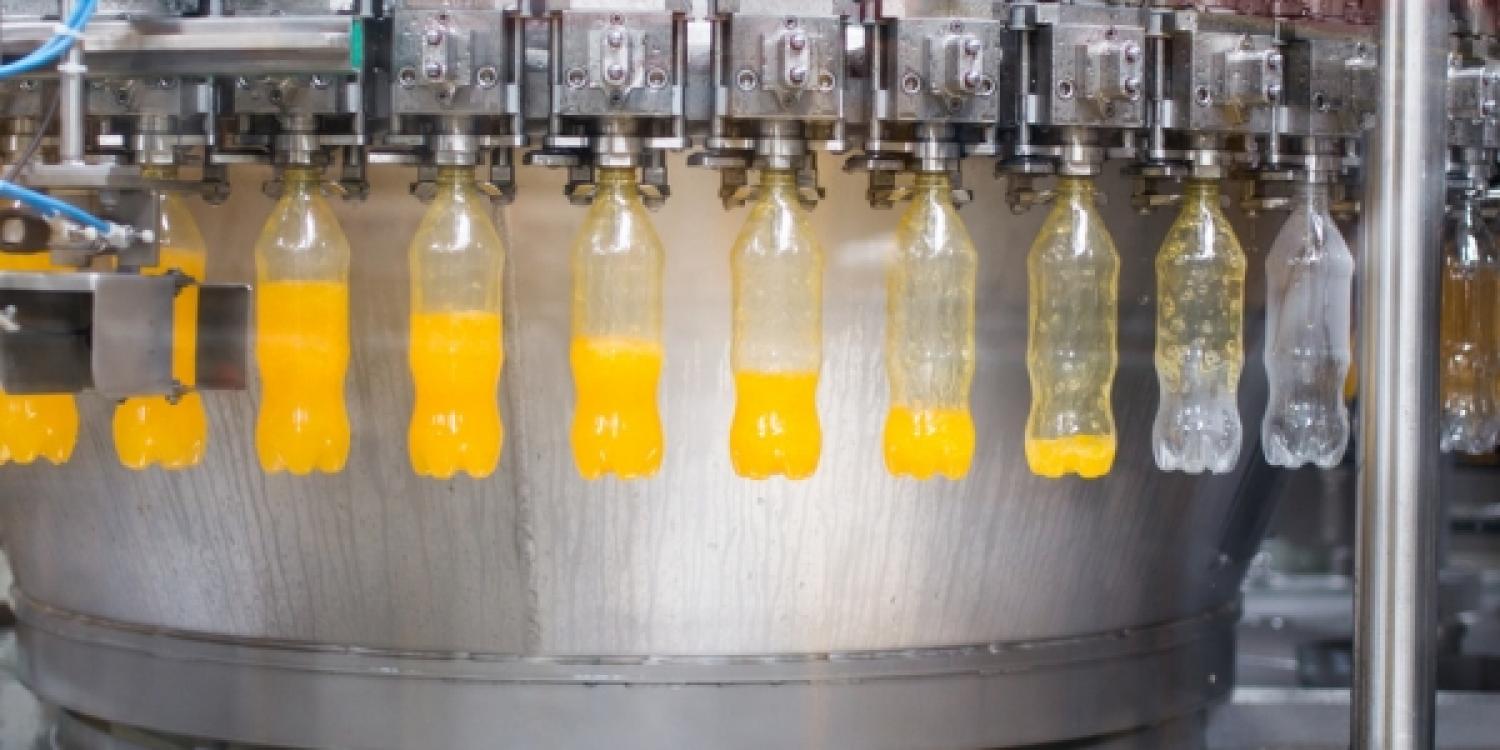Insulating steam network cuts fuel consumption

Information
Just like that... 10% oil savings!
- Energy audit shows soft drinks-maker where gains can be made
- Even things like insulating steam networks can make a big difference
SNEMBG manufactures and bottles soft drinks and distributes them in the French Antilles and continental France. The company is constantly looking for new ways to reduce fuel oil bills.
The company has taken numerous steps to control energy costs, but an energy audit conducted with Ademe pointed to the steam network as the next priority. Accounting for 7 % of the total energy budget, steam is produced by an oil-fired boiler and mainly used for cleaning in place (CIP) activities and syrup production.
SNEMBG called on a local service provider to insulate the pipes and key points along the network (particularly valves) at a cost of € 16 200, covering 128 metres of pipe.
Key results
Controlling fuel oil consumption means the company can better control overall production costs. Savings on fuel oil observed year on year since the measure was introduced come to around 10 %, with equivalent CO2 savings of 35 tonnes. The boiler itself dates from the early 2000s, so the company is also keen to explore upgrades to that and alternative energy sources.
ADEME. 2016. Réduire de 10% la consommation de fioul en calorifugérant les réseaux de vapeurs. http://multimedia.ademe.fr/catalogues/fiches-entreprises/47_SNEMBG_FAE_vapeur.pdf